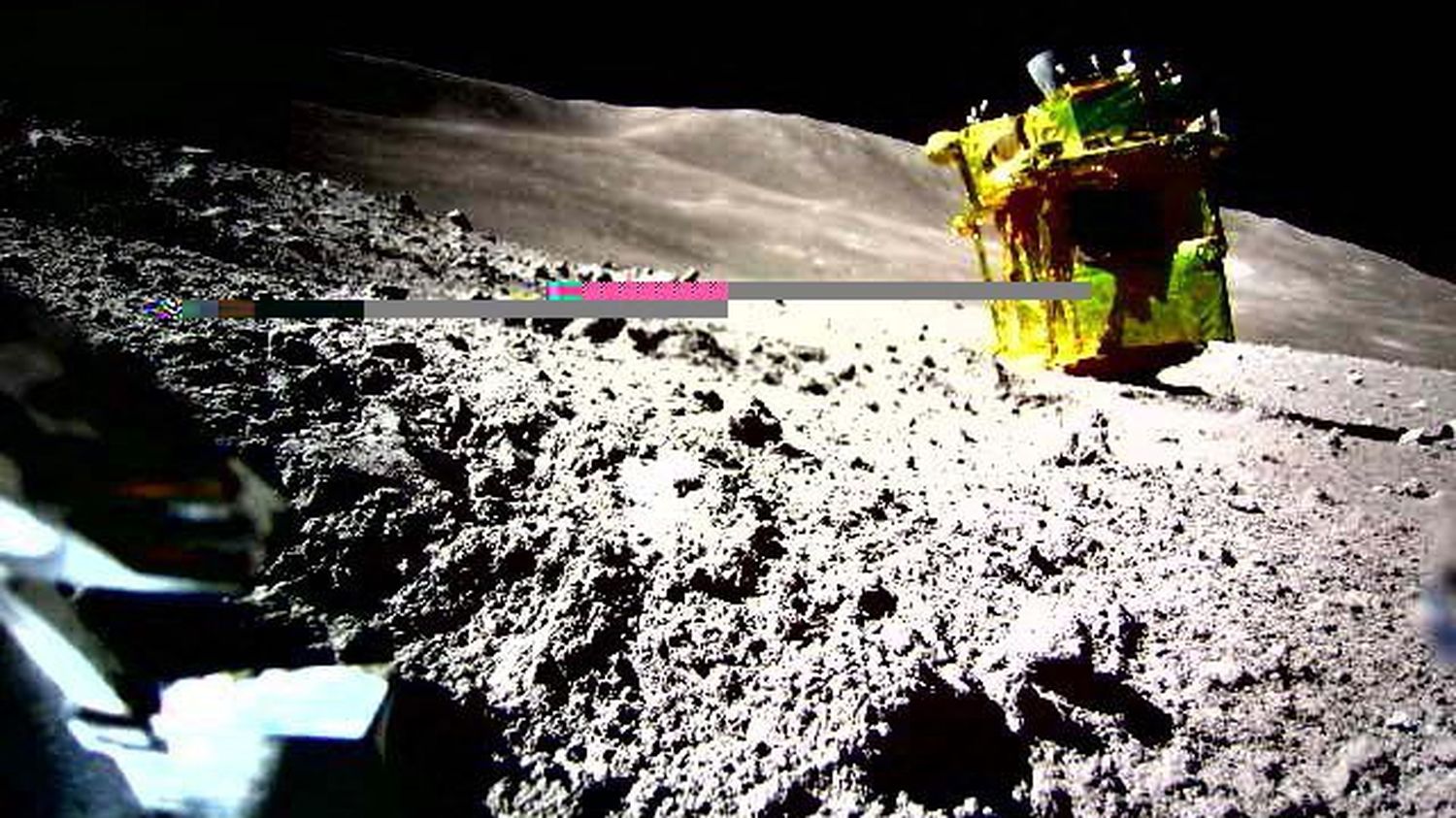After breaking contact after its moon landing, the Japanese spaceship Slim turned back on. Contact is therefore established again with the Japanese space agency.

Published
Reading time: 2 min

10 days ago, Japan joined the very exclusive club of countries that have landed a spaceship on the Moon. But Slim – that’s his name – immediately encountered problems and lost contact with Earth. Situation which is now resolved. Explanations from Mathilde Fontez, editor-in-chief of the magazine Epsiloon.
franceinfo: So the Japanese spaceship has woken up?
Yes, La Jaxa, the Japanese space agency, has managed to re-establish communication with its module. Slim was able this week to carry out the planned analyzes in the 300 meter crater in which he landed 10 days ago, the Shioli crater – near the lunar equator. Relief on the agency’s side because, in fact, 3 hours after the moon landing, the module had to be turned off.
What happened ?
Slim landed, with great precision, only 55 meters from his initial target, but he landed upside down, on his head. During the descent, one of its main engines failed and the on-board computer was unable to compensate for the loss of thrust. In this position, the module’s solar panels found themselves tilted towards the west, in the shade. It was running on its battery, and after three hours, as soon as they managed to download the data and images of the landing, the mission engineers had to turn it off, hoping that it would turn back on one day. time the tilt of the Sun would have changed.
This is finally what happened: now, on the Moon, the sun strikes towards the west. It lights up the panels again. And the module turned back on.
Could we move it, to put it right side up?
No, it was too risky a maneuver, according to Jaxa, and this adventure reminds us that it is extremely delicate to pilot a machine on the Moon. You might think this is a formality, after many modules have already landed successfully, including ships with humans: the five Apollo missions. But it still remains a challenge.
Moreover, even the United States has not put a ship back on the Moon since Apollo 17 in 1972. The American Peregrine probe which was to land at the beginning of January failed, just like Japan’s two previous attempts, in 2022 and 2023 or the Russian Luna 25 probe last summer. We are currently experiencing a (new) race towards the Moon, around thirty missions are planned in the coming years, including Artemis, which must land humans in 2026. For the moment, this race looks a bit like a crash test.
